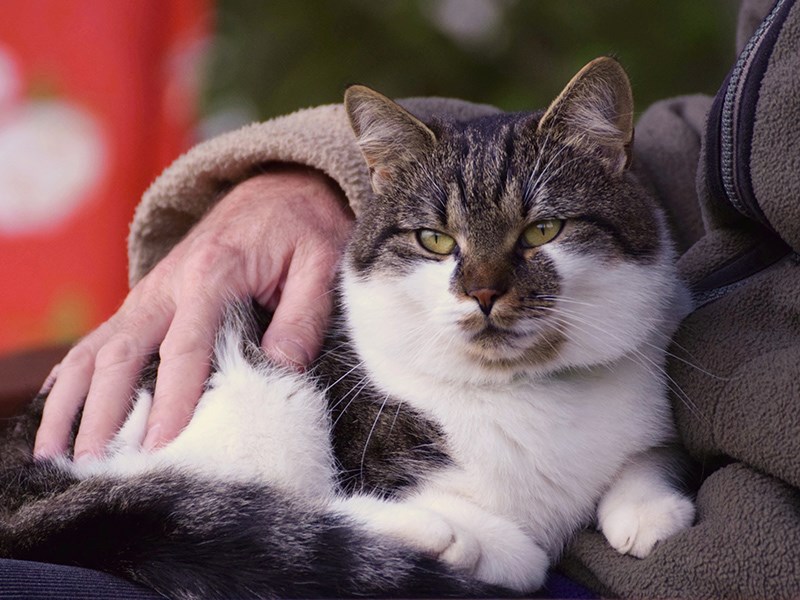Mental health is everything: complex as the 86 billion neurons chemically and electrically moving massive amounts of data on synaptic super highways, and as simple as a random smile toward a stranger shifting the direction of their day. It is the cat reassuringly purring on your lap or a dire emergency met with a coordinated, pharmacological and behavioural intervention.
If mental health is everything, then hope is the foundation of everything. My big takeaway from the challenging year of 2020 is hope. A feeling or desire for a better future is the primary force needed to drive the machinery of life toward mental wellness.
Are there identifiable components that can be assembled together to create a stockpile of hope for stormy days, like those in 2020?
This past year had unfamiliar, unsettling moments of hopelessness on a societal level, which made life feel weighty and worrisome. Information was difficult to filter and hard to grasp. We waded into murky, unknown waters with a pandemic shoving us from behind deeper and deeper.
As far as humanity has gone, although we felt alone and bewildered in 2020, global pandemics have been fairly evenly distributed throughout history.
In 1387, England and France were so incapacitated by the bubonic plague pandemic they called a truce in their war. The British feudal system collapsed when the pandemic changed the economic and demographic situation. The contagion so ravaged populations in Greenland that the Vikings lost their ability to wage battle and explore North America. The second large outbreak of the bubonic plague was responsible for the deaths of one third of the world’s population.
COVID-19 is fundamentally disorienting and full of new dangers, however, relative to the bubonic plague of 1387 things seem more manageable generally. A small window into history adds perspective and a place where some hope can filter in.
American psychologist Charles Richard Snyder is thought of as the godfather of positive psychology and clinical research into hope. Snyder found three essential parts associated with hope: having goal-based thoughts; making strategies to reach goals; and finding motivation to expend effort to achieve the goals.
My experiences from prolonged hopelessness around isolation and addiction and, more recently, into lighter places of hope and optimism, confirm Snyder’s findings with an essential and important asterisk. Goal-based thoughts, strategies and motivation are defined by each individual’s life experiences and must be realistic and attainable for hope to take root and grow into positive potential.
False hope is like the poisonous mushroom that mimics the eatable, beneficial type. Both fungi look similar even at close inspection, however, the wrong mushroom, and misleading hope, can have dire negative outcomes for life.
So yes, there are lessons to be gathered and sorted out from the exceptionally pessimistic year which has, finally, ended. We have survived, which, in itself, is a source of hope.
The working parts of hope are attainable goals, mapping out ways to achieve them and finding a renewable source of motivation to make it all happen. With a seed of hope, mental wellness, individually and collectively, will flourish in 2021.
Here’s hoping!
Robert Skender is a Powell River freelance writer and health commentator.



